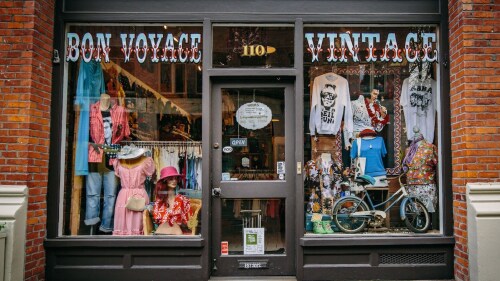Leopard sharks and eagle rays and sea horses, oh my. Seattle Aquarium’s new $160-million Ocean Pavilion debuts today, Aug. 29 after four years of work and ~20 years of planning.
Vast views of underwater habitats + informational panels make for an impressive floor-to-ceiling, panoramic showcase of the Indo-Pacific marine life’s vibrancy and magnitude.
The Ocean Pavilion’s exhibits are split into three main areas of focus:
🦈 The Reef
The Ocean Pavilion’s main tank allows visitors to traverse tunnel-like formations surrounding the multi-story, 500,000-gallon habitat for views of a reef community teeming with life.
Swimming alongside the schools of colorful fish is a leopard shark that’s part of an endangered shark breeding program. It will soon be joined by a mate to help restore its wild populations in Indonesia.
Fun fact: All the “coral” in this specific tank was designed by artisans.
🐚 The Archipelago
Mimicking the shoreline of a mangrove lagoon, this habitat has young mangrove trees that will eventually grow to heights just under the lofty ceilings with roots extending deep into the coral reef below.
The two-level display will also expand its collection of coral species with time, as more are added and current plantings adapt to the new environment.
🌊 One Ocean Hall
This 360º interactive video display spotlights marine ecosystems from around the world in the Ocean Pavilion’s central atrium space. Each of the videos were filmed in the wild, keeping in mind the exact structure the film would be projected on. Explore topics from coral spawning and kelp forests to bioluminescent life in the ocean’s deepest recesses.
A section of the Ocean Pavilion is also dedicated to the Seattle Aquarium’s young visitors, with displays at lower levels for better access + a crawl-through space where kids can interact with digital versions of reef wildlife.
“Not only are these awe-inspiring creatures, but they highlight connectivity,” says Emily Malone, public relations specialist with Seattle Aquarium. “It’s all one ocean — what happens here in the Salish Sea has impacts all the way around the world.”













